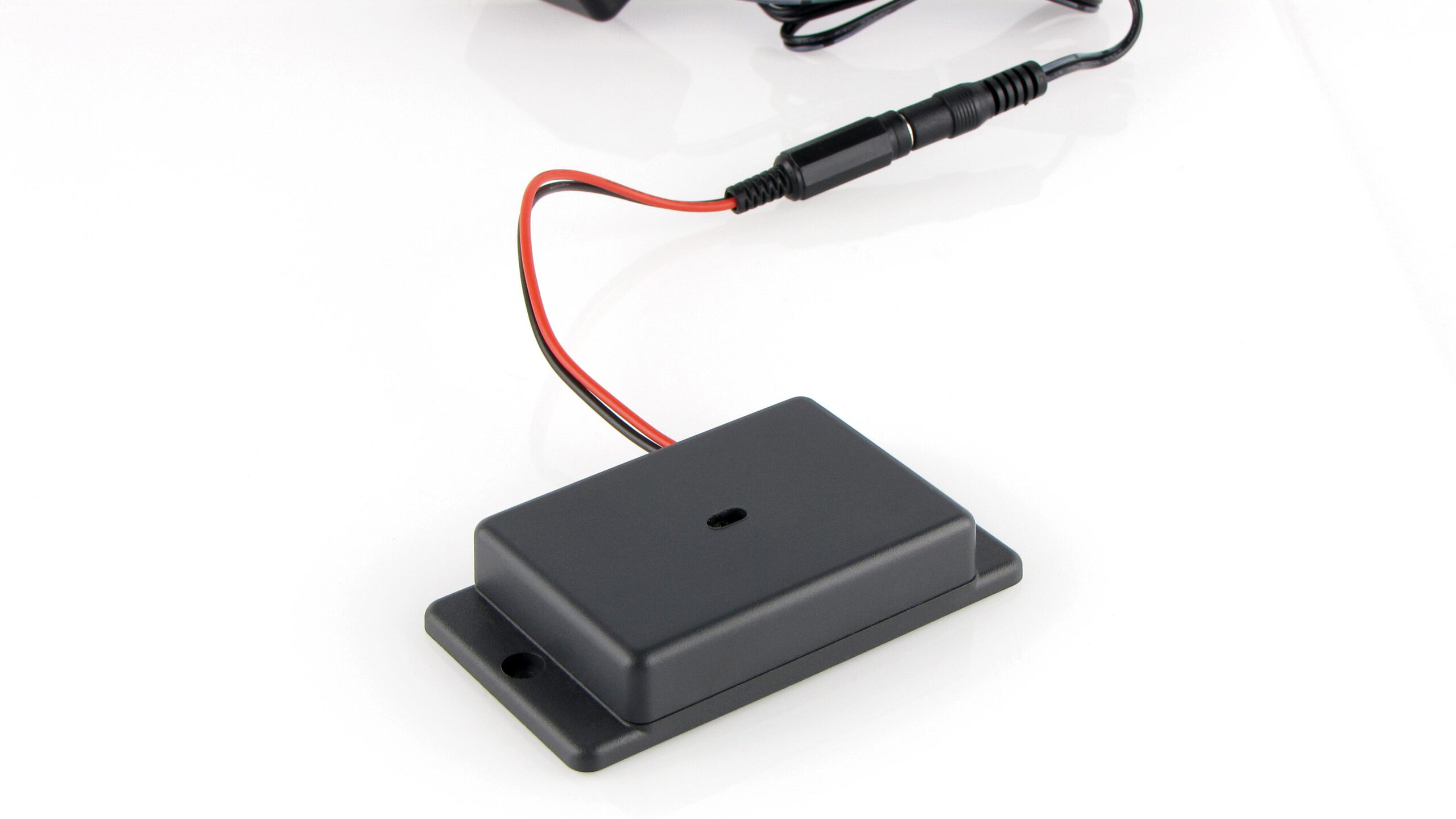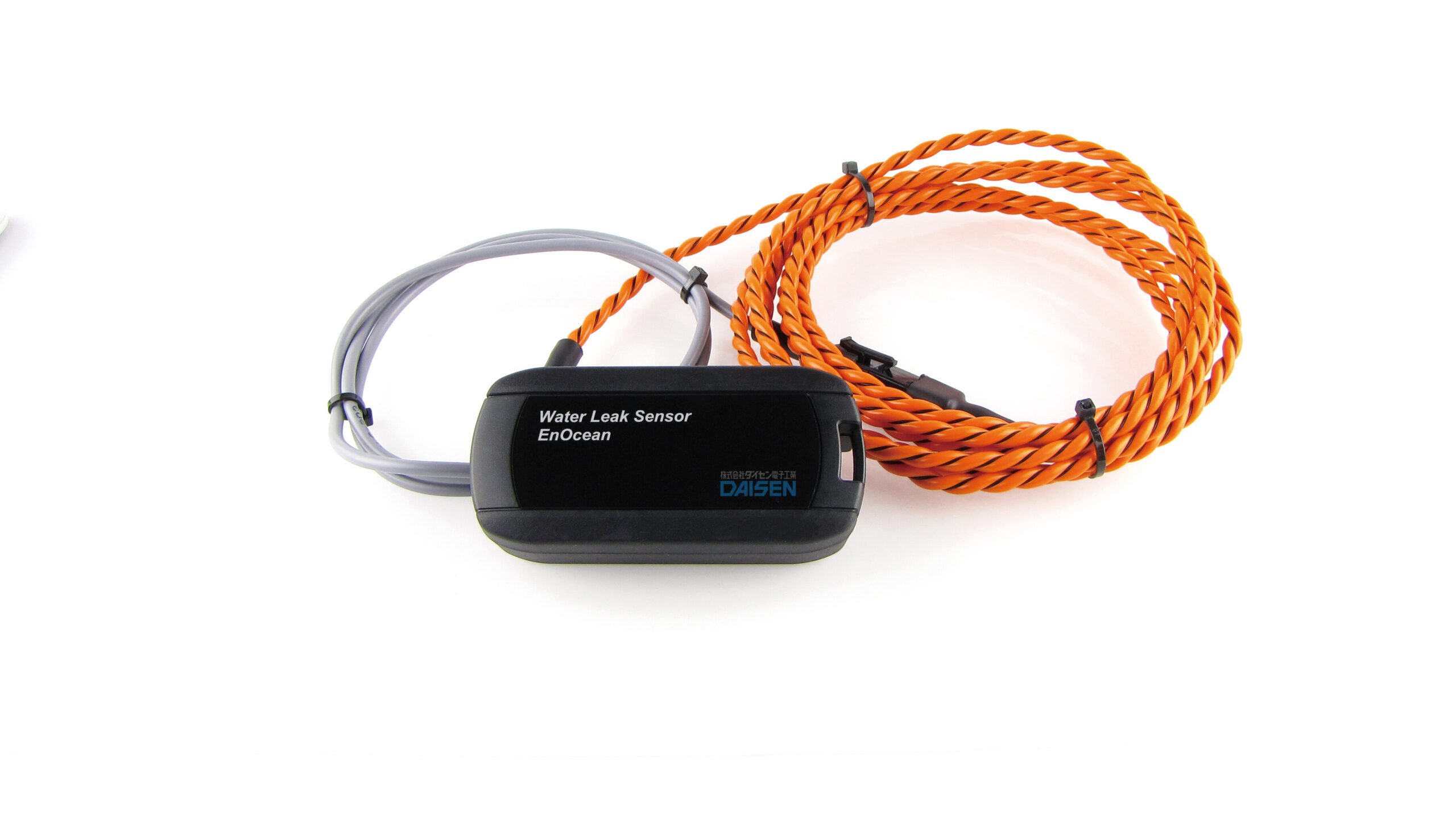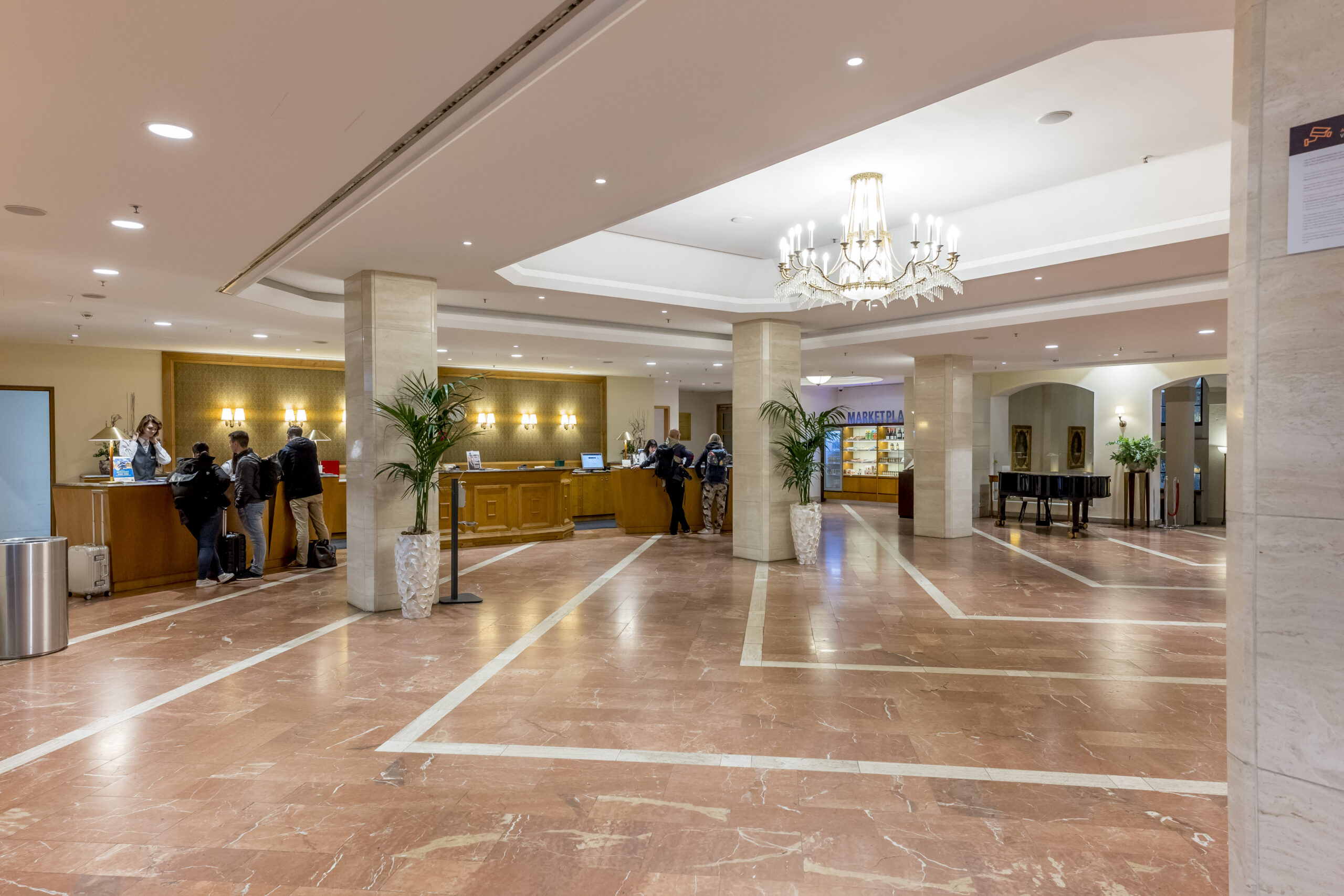Contributing to an Accelerating IoT Society
Issue 04-2024:
read all articles online
read as pdf
IoT applications are becoming more and more important in our lives, and help to overcome daily challenges. Daisen Electronics Industry Co. is based in Japan and follows this trend, offering various smart products based on EnOcean technology. The EnOcean protocol is optimized to be the lowest-powered wireless standard. This means that many sensors and switches can be self-powered, obviating the need for an external power supply. Alternatively, if batteries are used they enjoy far greater lifetimes. Many EnOcean devices are self-powered and source energy from the environment. Sunlight, movement and temperature differences generate enough energy to operate sensors and switches without the need for cables, mains power or batteries.
Let´s take a look at some of the EnOcean-based products Daisen has developed.
Distance Measurement Sensor
The prototype of this distance measurement sensor is currently undergoing testing with a view to covering a diverse range of applications. It employs the VL53L0X ToF sensor (Time-of-Flight sensor) manufactured by STMicroelectronics. The sensor unit is one of the smallest on the market today. It can be used to measure objects accurately and quickly, and relay data wirelessly via an EnOcean Gateway. It remains unaffected by the size, color or reflectance of the object. The distance to an object is measured based upon the time it takes to emit a laser beam and then receive its reflection. Therefore, the system is not suitable for energy-hungry battery operation of systems that measure constantly . But it’s ideal for battery operation of systems that measure every 10 minutes or so, where a longer battery lifetime is important.

Typical IoT applications of the ToF sensor
Typical applications are water level measurement , coin locker usage, or cargo presence/absence detection. This sensor measures distances from 50 mm to 2000 mm and uses the STM 400J module. The 1-axis type (1DToF) can be used simply to measure the distance to an object, or to detect the presence or absence of an object. However, 3DToF-sensing could be used to measure the absence or presence of a number of people in a specific space, the number of people coming and going, and the dimensions and volume of the space. Such 3DToF-sensing could open up a vast new world of possibilities. CPUs can perform complex calculations, creating highly valuable products that could be used in a broad range of applications.
Air quality sensor
Air quality sensors help improving health, productivity, and wellness for employees and facility users. Typical applications are the assurance of air purity in kitchens and restaurants, the visualization of air cleanliness in school-lunch kitchens and cafeterias, or monitoring air quality in the “clean rooms” of manufacturing facilities. The sensor can measure mass concentration of 0 – 1000 µg/m³ with an accuracy of ±10. Lifetime is over 10 years.
Enabling a holistic look at environmental data
In the Daisen air quality sensor, the MCERTS-certified SPS30 fine dust sensor from Sensirion is used for the EnOcean application. It measures the concentration of particles suspended in the air, with a focus on the notorious PM2.5 level. The collected data is transmitted via EnOcean wireless technology, and the sensor can be combined with other EnOcean devices. These could be CO₂ monitors which would enable multifaceted environmental data harvesting. The sensors can be self-powered, battery-powered, or AC mains-powered as required.
Leak sensor for fluid-loss alarm
Conventional leakage sensors generally incorporate a local acoustic alarm to notify the user when a leak occurs. In this case, the water leak sensor is equipped with an EnOcean module. Wirelessly connected to an EnOcean Gateway, the leak sensor can trigger a remote alert and record the time of the leak in the cloud. The use of a cable-type sensor further allows for better leakage monitoring since it can detect liquid over a wider surface area rather than just in the immediate vicinity of plumbing and appliances. This product is battery-powered, eliminating the need for troublesome wiring, and it can be used as a set with a SIM-type Gateway. In this case, it takes only a few minutes from the start of installation to final operational check. The user can easily install the product by himself, minimizing installation costs.

Sustainable IoT
As these examples show, IoT applications can help overcome everyday challenges of the modern life. Combined with energy harvesting, they do so sustainably.
New articles in Smart Building, Industrie
Top articles





